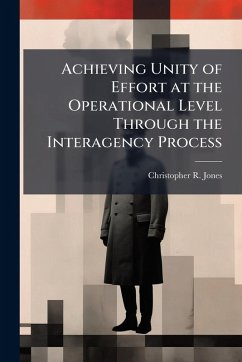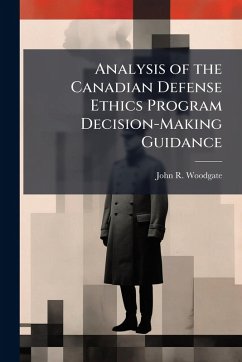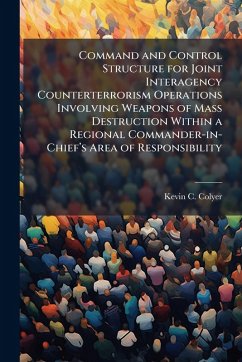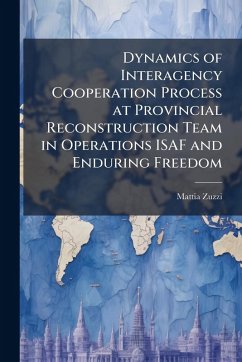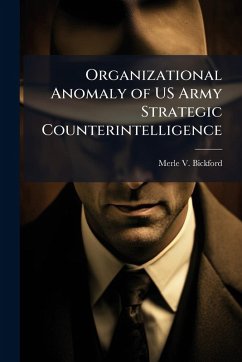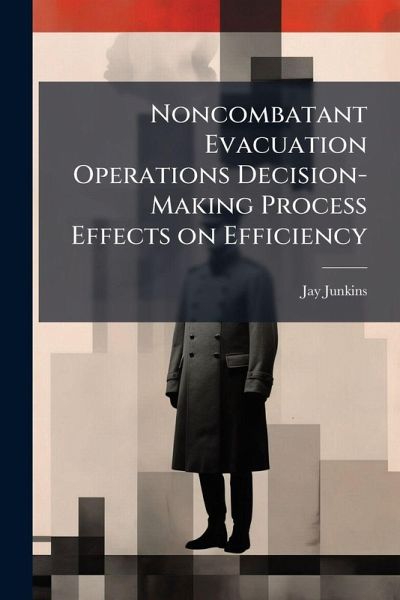
Noncombatant Evacuation Operations Decision-Making Process Effects on Efficiency
Versandkostenfrei!
Versandfertig in über 4 Wochen
14,99 €
inkl. MwSt.
Weitere Ausgaben:

PAYBACK Punkte
7 °P sammeln!
U.S. global presence is growing at unprecedented rates. As of June 2000, the U.S. Census Bureau estimated over 3.8 million U.S. citizens lived abroad with estimates of this overseas population blossoming to over five million today. At the same time, globalization is bringing the world closer, placing U.S. interests and citizens in locations ripe with uncertainty. This poses an ever-increasing challenge for the U.S. Government to preserve vigilance while maintaining the ability to swiftly react when danger presents itself to protect its citizens. This paper takes a critical look at the way the ...
U.S. global presence is growing at unprecedented rates. As of June 2000, the U.S. Census Bureau estimated over 3.8 million U.S. citizens lived abroad with estimates of this overseas population blossoming to over five million today. At the same time, globalization is bringing the world closer, placing U.S. interests and citizens in locations ripe with uncertainty. This poses an ever-increasing challenge for the U.S. Government to preserve vigilance while maintaining the ability to swiftly react when danger presents itself to protect its citizens. This paper takes a critical look at the way the U.S. Government conducts Noncombatant Evacuation Operations (NEOs). Through the identification of key decision-makers, the policies and processes government agencies implement, and the operational challenges they face, it is evident the process is currently not structure towards efficiency. By examining the barriers of interagency biases and lack of coordinated information sharing, it can be inferred historical success in NEOs is likely attributed to perseverance, ingenuity, and tenacity. This paper asserts through codified processes based on sound planning assumptions and the application of critical thinking, key decision-makers are provided the necessary framework and foundation to make comprehensive decisions with direct effect on the efficiency of future evacuation operations. This work has been selected by scholars as being culturally important, and is part of the knowledge base of civilization as we know it. This work was reproduced from the original artifact, and remains as true to the original work as possible. Therefore, you will see the original copyright references, library stamps (as most of these works have been housed in our most important libraries around the world), and other notations in the work. This work is in the public domain in the United States of America, and possibly other nations. Within the United States, you may freely copy and distribute this work, as no entity (individual or corporate) has a copyright on the body of the work. As a reproduction of a historical artifact, this work may contain missing or blurred pages, poor pictures, errant marks, etc. Scholars believe, and we concur, that this work is important enough to be preserved, reproduced, and made generally available to the public. We appreciate your support of the preservation process, and thank you for being an important part of keeping this knowledge alive and relevant.



